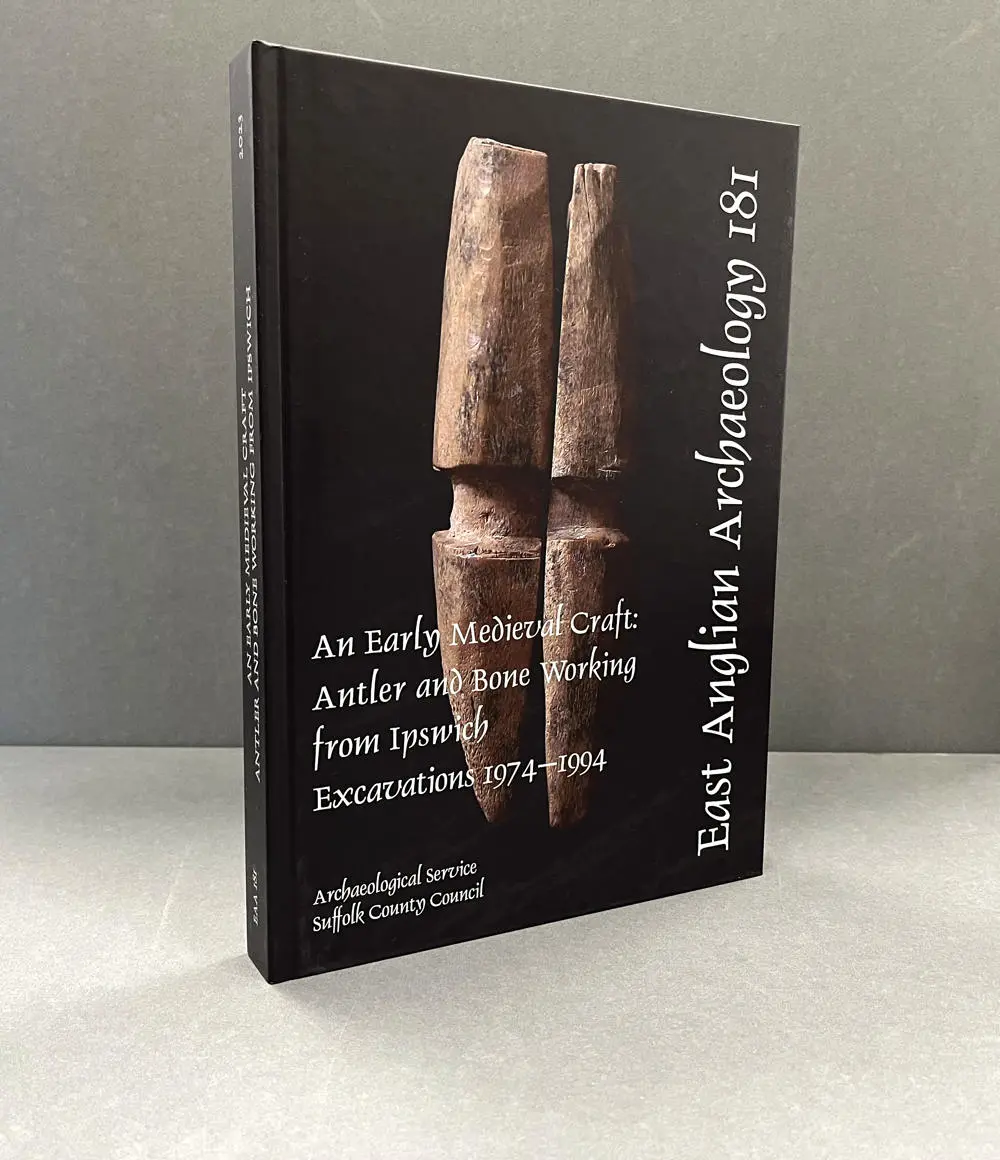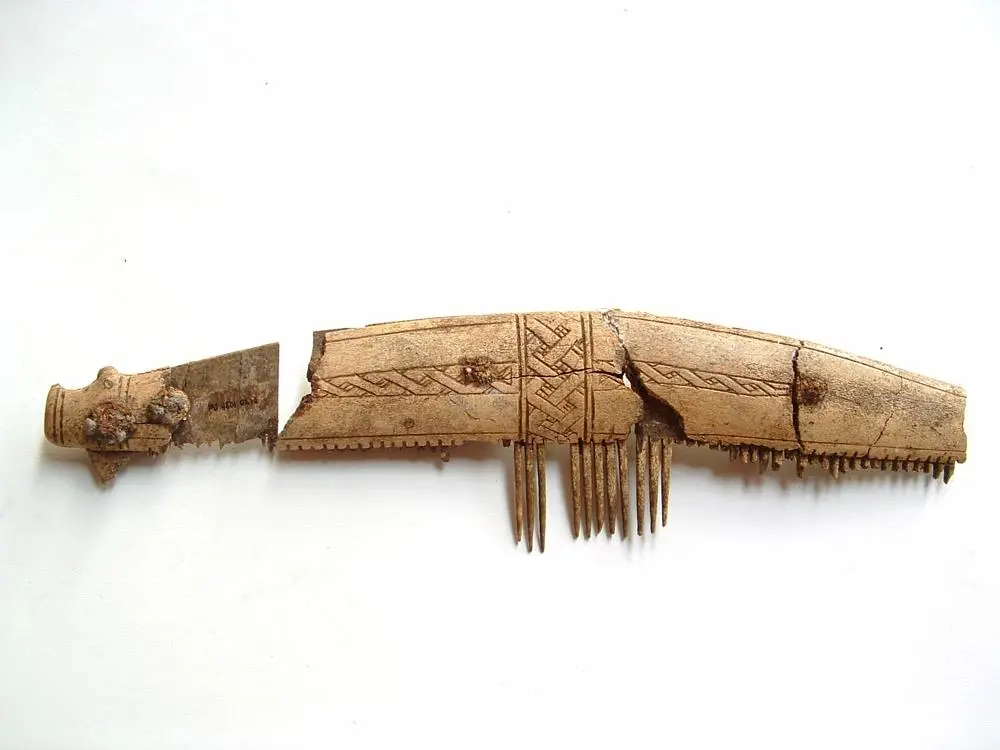Ian Riddler and Nicola Trzaska-Nartowski, authors of the book, say:
“It was always our intention that the book had a European outlook and placed Ipswich in the centre of a developing early medieval world for one particular craft. Ipswich has a fabulous collection of objects of antler and bone.
“The range of objects is extraordinary and unique in the UK. There are several items that indicate links abroad, particularly northern France, Frisia (what we now know as parts of the Netherlands, Germany and Denmark) and southern Scandinavia.
“Although most of the combs were likely made in Ipswich, there are also imports from the Merovingian, Frisian and Viking worlds and the closet contacts seem to lie with Dorestad and Hedeby.”
Councillor Melanie Vigo di Gallidoro, Suffolk County Council’s Deputy Cabinet Member for Protected Landscapes and Archaeology, said:
“The hard work of SCCAS through the years, means we can better piece together Suffolk’s fascinating history. This is why it is crucial for archaeology to take place whenever developments are proposed.
“With one collection of finds in isolation, we might not have the confidence to recognise their importance. But in this case, with around 40 excavations in Ipswich over 20 years, we can build a convincing picture of the role that the town played in medieval life.
“Congratulations must go to our archaeology teams past and present, and of course to Ian, Nicola and Shona for pulling together all this information and adding to our understanding of Ipswich and Suffolk’s historical importance.”
Will Fletcher, East of England Development Advice Team Leader, Historic England, said:
“We’re delighted to have supported the publication of this important book which gives a fascinating insight into Ipswich’s medieval history. We recognise the important contribution this work makes to our wider understanding of medieval trade and industry and its reach across the North Sea. It’s so interesting to see the level of detail that has been discovered about Ipswich’s craft and industry at this time and how that connects us with communities from the past.”
“An Early Medieval Craft. Antler and Bone Working from Ipswich Excavations 1974-1994” is written by Ian Riddler, Nicola Trzaska-Nartowski and Shona Hatton. It is published by SCCAS, as part of the East Anglian Archaeology monograph series, and funded by Historic England.
The objects and waste are part of the Ipswich archive and curated by Colchester and Ipswich Museum Service.


